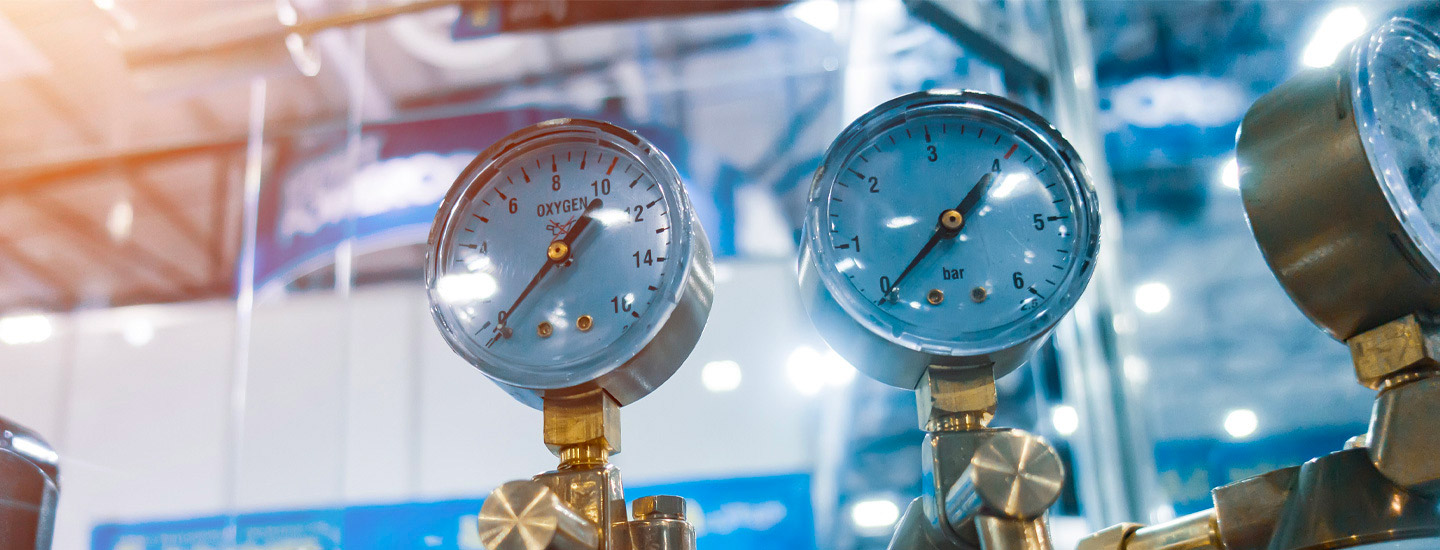Carbon dioxide is an odorless and colourless gas naturally present in the Earth’s atmosphere. In addition to being one of the “waste” of our breathing and that of all other living beings, including plants, it is also one of the substances resulting from the combustion of natural gas, methane or coal, and is therefore (unfortunately) one of the causes of the greenhouse effect.
However, it is also a fundamental gas for industry: carbon dioxide has multiple uses.
In the food industry it is used, for example, to give effervescence to water or other carbonated drinks. If you have read on the packaging of a food “packaged in a protective atmosphere”, that protective atmosphere is a mixture of gases including carbon dioxide. Furthermore, CO2 is also used in the transport of perishable food, thanks to its temperature of -78.5 °C when in a solid state.
In the food industry carbon dioxide is used in the production of certain fertilizers, while in manufacturing it is essential for welding, protecting surfaces from oxidation. In the steel industry, however, it is an excellent anti-corrosion agent and an additive in the hardening of casting moulds.
Finally, in the medical sector, it is added to oxygen to stimulate breathing.
The concentration of carbon dioxide in mainly closed environments such as industrial ones, therefore, should be carefully monitored. Values such as 0.08%, normal but above average, worsen air quality and decrease the level of concentration and well-being of workers who breathe it.
If the percentage increases further, CO2 becomes harmful, leading to the consequences deriving from hypercapnia (the excessive accumulation of carbon dioxide in the blood), from heartbeat alterations to lethargy, even coma and death.
This is why it is essential to monitor the concentration of carbon dioxide in industries, and here Beinat comes to support companies with the SG850-CO2, an IP66 device, which measures the presence of CO2 in the air with an infrared sensor.
After setting the alarm threshold (5, 10, 15 or 20%) the sensor monitors the air quality, managed by a microprocessor which, in addition to supplying the alarm signal, manages its self-diagnosis and relative automatic calibration , to always have precise readings. A must-have for every company!




